Reviews
Peter Sykes
1976, UK / West Germany
Credits
Review by Leo Goldsmith
Posted on 14 October 2010
Source Anchor Bay DVD
Related articles
Hammer Horror
Dracula Has Risen from the Grave
Categories 31 Days of Horror VII
In 2007, Hammer Film Productions announced that it had risen again: under new management and for the first time since it closed up film production in 1979 (and following a stint on TV in the 80s), the famed British production company would begin filming several new pan-European horror productions, including the remake of the Swedish vampire film Let the Right One In. This return from the dead ostensibly revives a tradition of horror filmmaking that began in 1957 with The Curse of Frankenstein and continued until 1976’s To the Devil a Daughter. While Hammer had flooded the B-movie market with an exhausting number of films during those interceding two decades (psychological thrillers, cave girl pictures, and even some science fiction), by far the most popular of its productions were its horror films, launched in a variety of successful franchises (Dracula, Frankenstein, the Mummy, Jekyll & Hyde, etc.), as well as more obscure one-offs and mini-series (the Karnstein trilogy, zombie and werewolf films, and stories of witchcraft, satanism, and the black arts). Hammer’s films run the usual gamut of a production company keen on exploiting every possible facet of the macabre - from mad scientists and bosomy vampires to hippie satanists and kung-fu witch-hunters - but at their best, these films exhibit a remarkable self-consciousness and a flair for the gothic, even when the quick-and-dirty productions demand chunky stageblood, sets and effects that are less than fully realized, and absurdly exclaimed lines of dialogue from talented, but opportunistic actors like Christopher Lee, Peter Cushing, Oliver Reed, and Ralph Bates. Every Thursday throughout October, we’ll be peering into the vault of Hammer, highlighting some of our favorite films from its often sly, sometimes silly, but always sinister body of work.
It is not heresy, and I will not recant!
1979 marked the year Hammer Film Productions closed up shop, going out with a decidedly whimpering swan song, an entirely unnecessary remake of The Lady Vanishes. But this production - which has hitherto served as only logical justification for this writer’s aversion to Elliott Gould - came some three years after the last entry in the studio’s bread-and-butter genre: horror. 1976’s To the Devil a Daughter, explicitly marketed as an heir to a new tradition of the genre fomented by Rosemary’s Baby and The Exorcist (in much the same way the newly risen Hammer recasts its 21st century productions with tips of the cap to new forms, like J-horror and the contemporary Swedish horror film Let the Right One In), seems an open acknowledgement of the tectonic shift in the landscape of horror in the 1970s, an admission that the gothic blood-and-cleavage style that had done Hammer so well would have to give way to something darker and edgier.
To the Devil a Daughter is something like a step in this direction, though it also draws heavily on Hammer’s legacy, presumably in a calculated bid to retain a dwindling audience and shore up a rapidly devalued brand name. For this transparent attempt - and the fact that it failed utterly - the film has a decidedly checkered reputation as a sort of last ditch effort: opportunistic, cheap, and hastily made. But while the film is uneven, it’s nonetheless all the more interesting as a result, and its obvious intended purpose and its brazen panoply of gore, satanism, and full frontal nudity make it a fascinatingly tacky film, perverse, provocative, and even a little desperate.
The film’s protagonist is John Verney, a bestselling American occult author played with little nuance by an aging Richard Widmark. Early in the film, Verney is approached by rumpled, boozy British aristocrat Henry Beddows (played by Marcus Brody himself, Denholm Elliott) to “pick up” (or, in fact, kidnap) his daughter Catherine and house her in his rather swanky Docklands pied-à-terre. Verney, a magnet for harmless cultish kooks and pervy satanic libertines, smells a story and acquiesces, but soon finds himself embroiled in the real deal: an Astaroth-worshiping sex-cult, whose leader is the excommunicated Father Michael Rayner—Christopher Lee himself. To make matters more tawdry, Catherine, too, is of the cloth, a nun-habited gamine (played by a fifteen-year-old Nastassja Kinski) on whom everyone involved - Father Michael, Richard Widmark, Mr. Beddows, and no doubt the film’s audience - has improper designs.
With this set-up in place, To the Devil a Daughter enacts a very simple race-against-time scenario, in which Catherine is kidnapped and re-kidnapped, various minor characters (including Honor Blackman!) are offed unpleasantly, and Lee enacts a few tantalizing rituals of the black arts. And much of this is right on, which should come as no surprise as the film is an adaptation - if a loose one - of a novel by Dennis Wheatley. Hammer’s other Wheatley adaptation, 1968’s The Devil Rides Out, is among the company’s finest efforts - perhaps the finest - and so impressed its author that Wheatley reportedly offered Hammer the adaptation rights to his other books free of charge. Oddly, it was only when Hammer was on its last financial legs that they took him up on the offer, and in doing so altered the substance of the novel considerably, exchanging adventure novelist Molly Fountain for New Age/occult hack Verney and translating the nefarious Canon Copley-Syle (who was based on real-life quack necromancer Reverend Montague Summers) into the more recognizably Lee-like Father Michael. (Wheatley was less enthused about this second adaptation of his work. He disowned it, and died the following year.)
But as Hammer tried to reposition itself in the more shocking psychosexual territory of 1970s horror, such departures from Wheatley’s pulpy gothic style are unsurprising. To the Devil a Daughter thus ups the ante considerably - maybe a little too much - with exploitative sex and violence that would’ve been quite out of place in Wheatley’s work: an icky sex-ritual that’s far more explicit than its analogue in Polanski’s Rosemary’s Baby, and one of the most grotesque and disturbing childbirth scenes I can recall, in which a pregnant woman forces her fetus to claw its way out of her belly (to the onlooking Lee’s visible delectation). With scenes as sour-tasting as these, it’s difficult to identify the off-notes, though hallucinations of a bloody demon-fetus (played by a rubbery hand-puppet) and the all-too-young Kinski’s complete nudity are pretty hard to rationalize. But while the film’s more shocking ploys reek of crass opportunism, there’s still plenty in the film that reminds one of Hammer’s former classicism and restraint. And in many ways, it’s this tension between elegance and shamelessness that marks Hammer’s best work.
More 31 Days of Horror VII
-

The Thin Blue Line
1988 -

The Ninth Configuration
1980 -
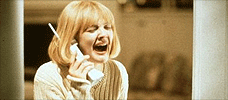
Scream
1996 -
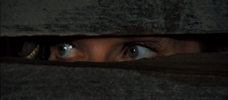
Dying Room Only
1973 -

Brain Dead
1990 -

Zombi 2
1979 -
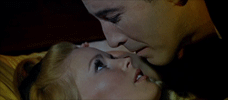
Dracula Has Risen from the Grave
1968 -

The Storyteller
1988-1989 -
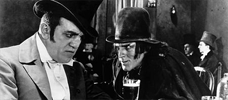
Dr. Jekyll and Mr. Hyde
1920 -
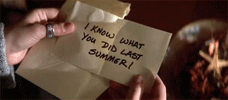
I Know What You Did Last Summer
1997 -
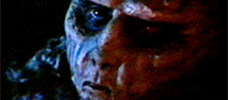
Don’t Be Afraid of the Dark
1973 -

Dark Age
1987 -
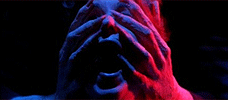
Inferno
1980 -
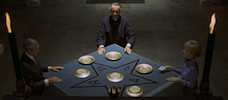
To the Devil a Daughter
UK / West Germany -
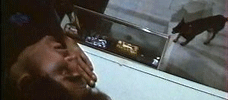
Trapped
1973 -
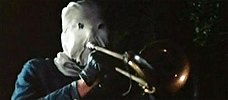
The Town that Dreaded Sundown
1976 -
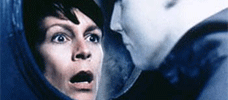
Halloween H20: Twenty Years Later
1998 -

Killdozer
1973 -
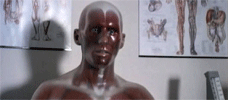
Pin
1989 -
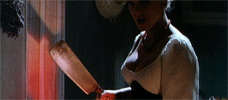
Frankenstein Created Woman
1967 -
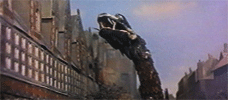
Reptilicus
1961 -
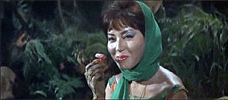
Matango
1963 -

I Still Know What You Did Last Summer
1998 -
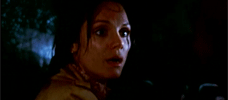
Night Terror
1977 -
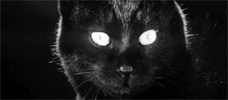
Kuroneko
1968 -

Demons
1985 -
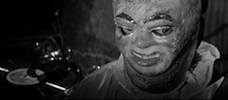
Paranoiac
1963 -
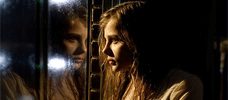
Let Me In
2010 -
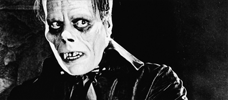
The Phantom of the Opera
1925
We don’t do comments anymore, but you may contact us here or find us on Twitter or Facebook.



